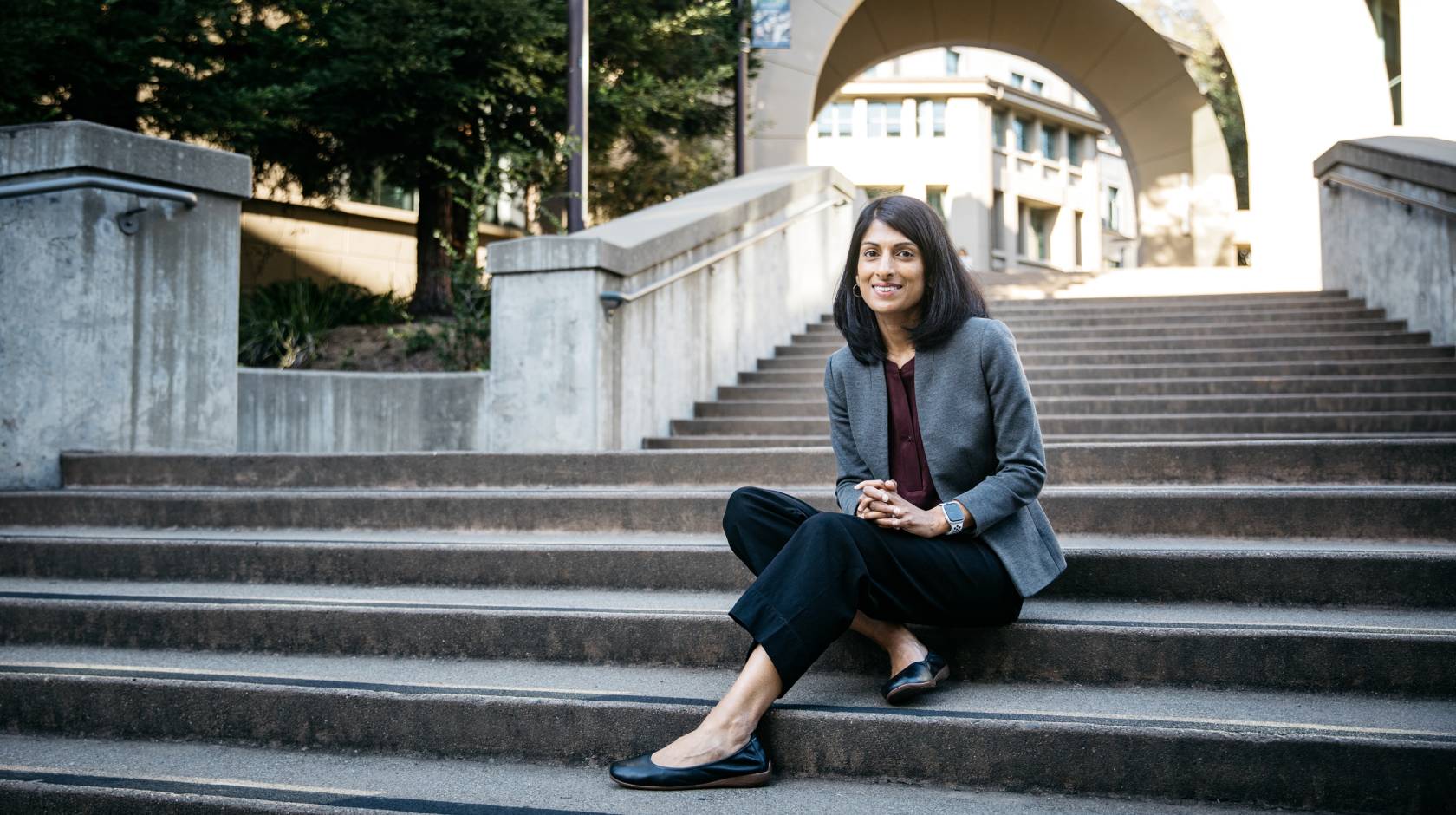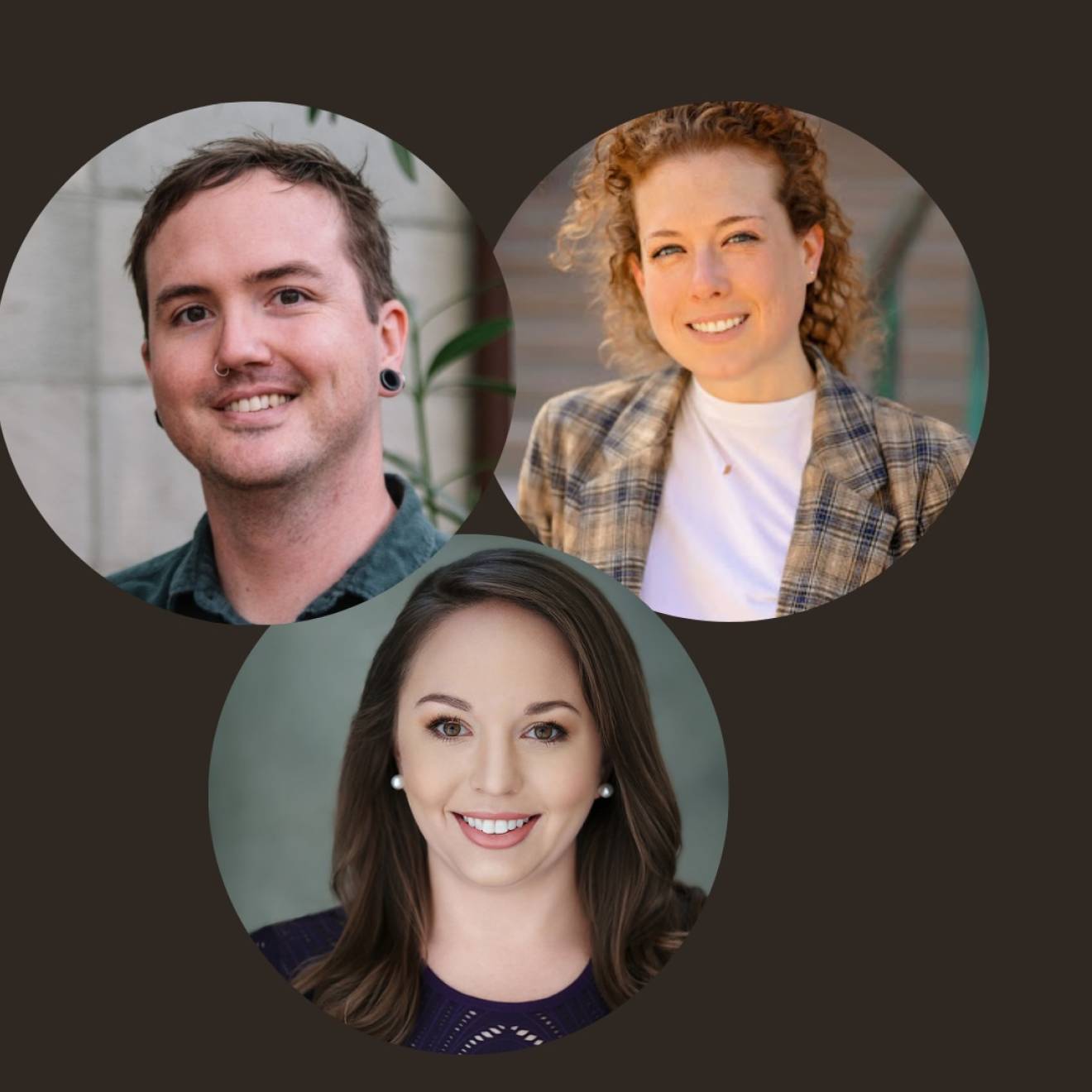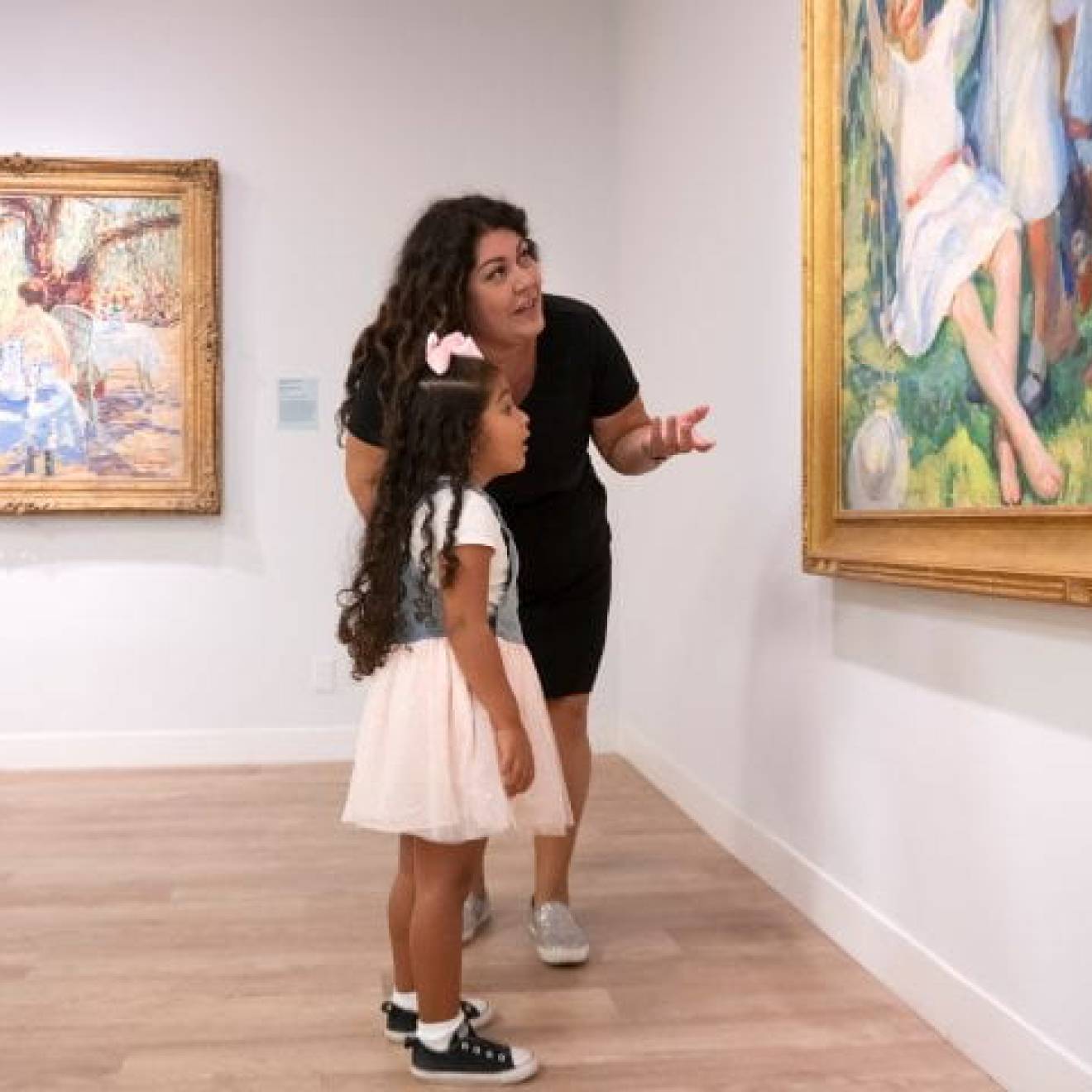UC Newsroom

Six University of California alumni and one UC faculty member are among the 22 winners of the 2025 MacArthur Foundation fellowships announced this month. The awards, known as “genius” grants, recognize outstanding scholars, creators and activists whose talent and dedication reshape their fields and serve humanity.
UC’s 2025 MacArthur fellows include an astrophysicist investigating how stars form and evolve; an interdisciplinary artist giving aesthetic shape to the enduring repercussions of violence and dispossession; and an evolutionary biologist investigating symbiotic partnerships between plants, fungi, and other microbes.
They are now part of an illustrious roster of more than 100 UC alums and faculty to be named MacArthur Fellows since the program launched in 1981. Fellows receive an $800,000, no-strings-attached grant to pursue their interests. Since 2020, UC alumni and faculty have accounted for nearly 1 in 4 recipients of the prestigious fellowship.
“The 2025 MacArthur Fellows expand the boundaries of knowledge, artistry, and human understanding,” said Kristen Mack, vice president of communications at the MacArthur Foundation. “They focus our attention on microbial worlds and distant stars, community vitality and timeless traditions, sacred and improvisational music, and shared histories of our time on Earth. With virtuosity, persistence, and courage, they chart new paths toward collaborative, creative, and flourishing futures.”
Keep reading to learn more about these seven extraordinary members of the UC community. (Click the links for a shortcut to each.)
Teresa Puthussery
Neurobiologist and optometrist on the faculty at UC Berkeley
Kareem El-Badry
Astrophysicist and UC Berkeley alum
William Tarpeh
Chemical engineer and UC Berkeley alum
Garrett Bradley
Artist and filmmaker and UCLA alum
Gala Porras-Kim
Interdisciplinary artist and two-time UCLA alum
Toby Kiers
Evolutionary biologist and UC Davis alum
Tuan Andrew Nguyen
Multidisciplinary artist and UC Irvine alum
Teresa Puthussery, UC Berkeley professor
Exploring how neural circuits of the retina encode visual information for the human brain.
UC Berkeley scientist Teresa Puthussery has been named a 2025 MacArthur “genius” Fellow for her insights into the retina that could one day help those with vision loss regain their sight.
Puthussery, an associate professor at UC Berkeley’s Herbert Wertheim School of Optometry & Vision Science, was at home enjoying her coffee one Tuesday morning when she got the call from the MacArthur Foundation. Assuming it was a spam call, she let the phone ring many times — and even Googled the number to find out who it might be — before finally picking up.
“It wasn’t until they started reading out a description of my work that I was convinced that they had called the right person,” Puthussery said. “It’s certainly just really unexpected, and so humbling and gratifying.”
Puthussery began her career as a clinical optometrist before returning to school to become a vision scientist, and is driven as much by the thrill of discovery as the desire to help patients who are experiencing vision loss. In her research, she uses a variety of approaches, from molecular analyses to functional imaging, to discover the role of different types of cells in the healthy retina and identify how neurodegenerative diseases disrupt normal visual signaling.
Read more about Puthussery’s work at UC Berkeley Newsroom.
Kareem El-Badry, astrophysicist, UC Berkeley alum and UC Observatory observer
Expanding our knowledge of binary star systems, black holes, and other wonders of the universe.
A rising star in the field of astrophysics, UC Berkeley alum and assistant professor of astronomy at Caltech Kareem El-Badry has been awarded a 2025 MacArthur Fellowship for his groundbreaking work in astrophysics. El-Badry's research focuses on the formation, evolution and dynamics of stellar and galactic systems, with particular emphasis on understanding the roles that supermassive black holes and other exotic objects play in shaping the universe.
El-Badry’s research has led to major breakthroughs in understanding the connection between dark matter, galaxy structure and the mysterious forces that drive the evolution of the universe.
His innovative use of computational simulations and data-driven models has provided new insights into the complex processes governing galaxy formation and stellar evolution. His work is shaping the future of astrophysical research, inspiring new perspectives on how galaxies and black holes interact over cosmic time scales.
El-Badry received a Ph.D. in astronomy from Berkeley in 2021. He was also named a 2025 Sloan Research fellow, and is an Observer at the W.M. Keck Observatory, one of the UC Observatories.
“I appreciate that both awards [Sloan and MacArthur] come with minimal restrictions, giving me the opportunity to explore new or potentially risky projects that would be harder to get funded through a federal grant,” El-Badry said. “At all stages in a research career, I think it’s important to look for opportunities to branch out and try something new.”
Read more about El-Badry’s work at the UC Berkeley astronomy department website or in an interview at the W.M. Keck Observatory website.
William Tarpeh, chemical engineer, UC Berkeley alum
Envisioning sustainable and practical solutions to treat wastewater and recover valuable mineral resources.
UC Berkeley engineering alum William Tarpeh, now an assistant professor of chemical engineering at Stanford University, is working to develop sustainable and practical methods to recover valuable chemical resources from wastewater. His research focuses on recycling nitrogen, sulfur and phosphorus using resource recovery technologies that require minimal infrastructure and energy.
Among his many innovations, Tarpeh has developed electrochemical-based processes to convert nitrogen in urine waste streams into ammonia-based products, which can be used in fertilizer or in household cleaners and industrial chemical production. He also has demonstrated an electrocatalyst-in-a-box (ECaB) that recovers ammonia directly from municipal wastewater and is being tested with agricultural run-off in California farm fields.
“I am honored to be included in the MacArthur community of leaders committed to understanding and improving our world,” said Tarpeh. “This award is a testament to my community — the students and postdocs who took a chance on a new lab with a unique mission, my mentors who sharpened my skills, my colleagues who inspire me with creativity and dedication, and my family and friends for their endless support. I am excited to continue the work of redefining wastewater and creating circular, sustainable methods for improving quality of life while protecting the environment for generations to come.”
Tarpeh is also a fellow with Stanford’s Precourt Institute for Energy and, by courtesy, the Stanford Woods Institute for the Environment.
Read more about Tarpeh’s work at the UC Berkeley Engineering website.
Garrett Bradley, artist and filmmaker, UCLA alumna
Harnessing the full potential of moving images to evoke feeling and render the textures of her subjects’ lives.
As an artist and filmmaker, UCLA alumna Garrett Bradley refuses to be boxed in by genre. Her innovative approach blends documentary, narrative and experimental cinema into something uniquely her own — an empathetic, deeply human exploration of justice, public memory and cultural visibility.
Bradley, who grew up in New York City as the child of two artists, received her bachelor’s degree from Smith College before earning a master’s in directing from the UCLA School of Theater, Film and Television in 2012. While at UCLA, she began work on her film “Below Dreams” (2014), which eventually screened at the Tribeca Film Festival and was shown by the UCLA Film & Television Archive. In addition to Tribeca, Bradley has taken her films to major festivals like Sundance and the New York Film Festival, and her work now lives in some of the world’s most prestigious collections, including the Museum of Modern Art, the Studio Museum in Harlem, the Tate Modern in London and the Smithsonian National Portrait Gallery.
Collaboration is central to her process. Bradley works closely with the people whose stories she tells, making sure their voices come through with authenticity and care. “I’m not just entering somebody’s life, and I don’t see them as subjects,” Bradley told the film website Seventh Row. “I get to know people, and I let them get to know me.”
Her portfolio is as wide-ranging as it is powerful, with short and feature films, video installations, photography, and even artist books and visual essays. Among her most celebrated projects is “America” (2019), a multichannel installation that uses as its inspirational jumping-off point “Lime Kiln Club Field Day,” made in 1915 and thought to be the oldest surviving film featuring an all-Black cast and integrated crew. Bradley created 12 new black-and-white film vignettes that echoed the feel of early cinema, which she then wove together with “Lime Kiln” and other archival footage, reimagining moments from early 20th-century Black life and offering audiences a poetic, contemporary “silent film” that reclaimed a forgotten history.
Read more about Bradley’s work at UCLA Newsroom.
Gala Porras-Kim, interdisciplinary artist, two-time UCLA alumna
Proposing new ways to recognize the layered meanings and functions of cultural artifacts held in museums and institutional collections.
Bringing a deep thoughtfulness and humanity to her work in both 2D and 3D, interdisciplinary artist Gala Porras-Kim creates installations that highlight the more nuanced and meaningful stories that cultural artifacts tell about the people who created and used them — and those who interact with them today.
“To me, it’s always been more interesting to look at the framing of historical material than the objects themselves,” said Gala Porras-Kim.
Born in Bogotá to a Colombian father and South Korean mother, Porras-Kim now lives and works in both London and Los Angeles. She earned a bachelor’s degree in art in 2007 and a master’s degree in Latin American studies in 2012 from UCLA before receiving a master’s in fine arts from the California Institute of the Arts.
The MacArthur Foundation highlighted how her “research-intensive practice focuses on objects and forms of knowledge that have been separated from their original contexts” and noted that her “work poses powerful questions about the lives of objects, who shapes their preservation, and how their stories are told.”
At UCLA, Porras-Kim stood out for her intellect and creative talent, said Kevin Terraciano, professor and chair of the UCLA History Department, who served on Porras-Kim’s master’s thesis committee.
“For a final project, she examined a tradition of whistling among the Zapotecs of Oaxaca as a form of nonverbal communication,” he recalled. “She submitted an essay, along with an LP recording of examples, and she did the artwork for the album cover. I have it in my office — it’s a work of art. I have followed her success as an artist with admiration.”
Read more about Porras-Kim’s work at UCLA Newsroom.
Toby Kiers, evolutionary biologist, UC Davis alum
Investigating symbiotic relationships among plants, fungi, and other microbes and their role in planetary health.
An evolutionary biologist investigating symbiotic partnerships between plants, fungi, and other microbes, UC Davis alumna Toby Kiers illuminates the evolutionary mechanisms underlying cooperation between species as well as the role of plant-microbe mutualisms in ecosystem health.
Kiers’s research shows that microbes are not passive accessories to plants but powerful actors in their own right, and in her presentations of her research, she often presents these organisms in an economic context. "I really do think that there's a lot to be learned from the way that they build infrastructures … for developing [our] supply chains above ground," Kiers told NPR earlier this year in an in-depth piece on the ramifications of her research.
A professor at Vrije Universiteit Amsterdam, Kiers has been named a Time100 Next Emerging Leader and a Smithsonian Magazine “Innovator to Watch,” in addition to accumulating more than 2 million views for her TED Talk, “Lessons from fungi on markets and economics.”
Kiers received her Ph.D. from UC Davis in 2005 with a focus on Ecology, Evolution and Agriculture.
Tuan Andrew Nguyen, multidisciplinary artist and UC Irvine alum
Giving aesthetic form to histories of war, displacement, resistance and resilience.
Tuan Andrew Nguyen, a UC Irvine Claire Trevor School of the Arts alumnus, has been named a 2025 MacArthur fellow for his films and sculptures, which are grounded in the histories of communities grappling with intergenerational traumas of war and displacement, in places ranging from his native Vietnam to the Philippines, Senegal, Papua New Guinea and the United States. Much of his work explores moving images and material objects as repositories of memory and the potential for storytelling to be an instrument of healing and resistance against colonial erasure. Through layered storytelling, he examines how memory and material objects can become repositories of history and tools for healing.
“We’re thrilled to see Tuan Andrew Nguyen recognized with a MacArthur Fellowship,” said Kevin Appel, chair of the UC Irvine Department of Art. “Tuan’s work embodies the spirit of critical imagination that defines our department, weaving together art history and activism into profoundly moving narratives. His commitment to storytelling as a form of repair and resistance has inspired so many of our students and colleagues. This recognition is deeply deserved.”
Among Nguyen’s notable works are “The Island” (2017), “The Specter of Ancestors Becoming” (2019) and “The Unburied Sounds of a Troubled Horizon” (2022), each combining archival materials, oral histories and poetic imagery to reimagine the aftermath of conflict. His projects often involve direct collaboration with local communities, incorporating personal testimonies, family artifacts and folklore to build narratives that resist erasure and restore cultural inheritance.
A co-founder of Sàn Art, an independent artist space in Ho Chi Minh City, and of the cross-disciplinary art collective The Propeller Group, Nguyen continues to shape the global dialogue around art, identity and postcolonial history. His work has been exhibited internationally, including at the New Museum, the Whitney Museum of American Art and the Smithsonian American Art Museum.
Read more about Nguyen’s work at the UC Irvine School of Arts website.
Kate Moser, Kara Manke, Todd Schindler, Jonathan Riggs, and staff at the UC Berkeley Engineering Department, the UC Berkeley Astronomy Department, the UC Irvine Claire Trevor School of the Arts, and W.M. Keck Observatory contributed to this piece.

